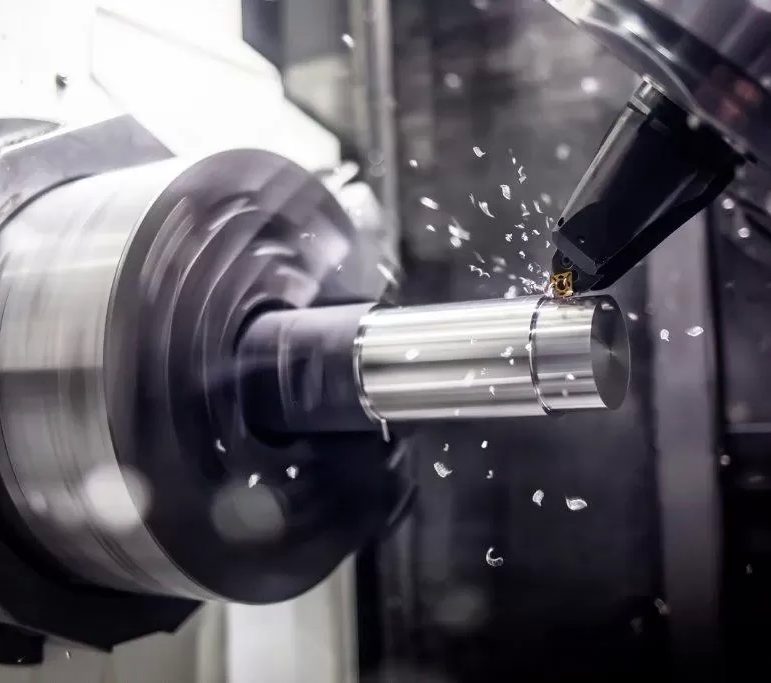What is Stainless Steel?
Stainless steel is an alloy that contains at least 10.5% chromium, which is responsible for its exceptional corrosion resistance. The chromium forms a thin but stable oxide layer on the steel's surface, protecting it from rust and other environmental influences. Additional alloy elements such as nickel, molybdenum, or manganese can be added to optimize specific properties like strength, toughness, or resistance to extreme temperatures. These properties make stainless steel indispensable in a wide range of applications—from medicine to aerospace.
Stainless steel was developed in the early 20th century after scientists discovered that adding chromium to steel significantly reduces oxidation, thus preventing rusting. One of its first commercial uses was in the production of cutlery and surgical instruments. Over the decades, the development and spread of stainless steel have continued, and today a variety of stainless steel grades are available for different industrial and commercial uses. From aerospace to the food industry to architecture and household goods, stainless steel has become an essential material.
In contrast to alloy steel, which is mainly used for load-bearing structures requiring high strength and minimal corrosion resistance, stainless steel is particularly suited for applications in moist or aggressive environments. Tool steel, on the other hand, is known for its hardness and wear resistance and is used in the manufacturing of tools and machine components. While both types of steel offer specific advantages, they are less corrosion-resistant than stainless steel.






